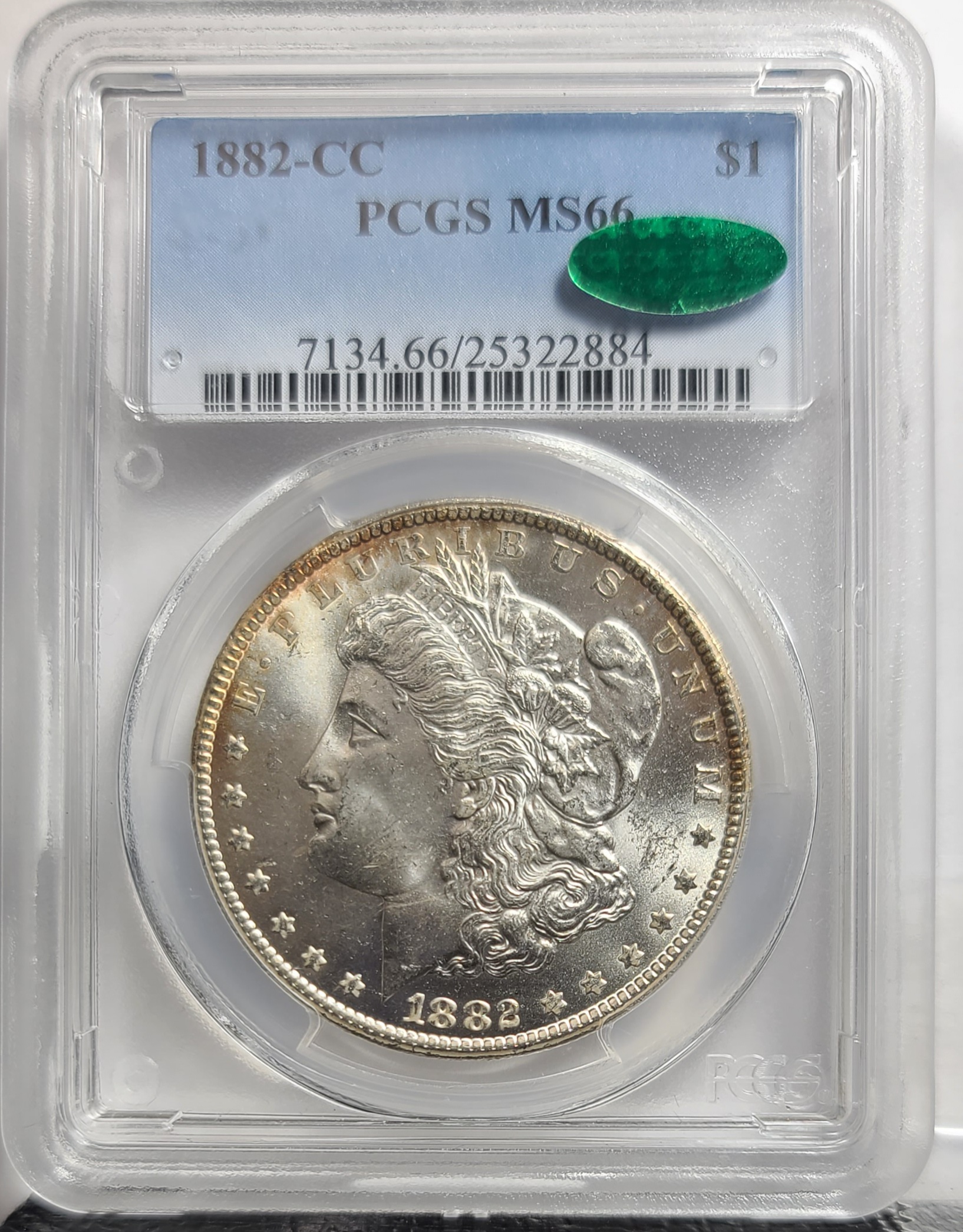While I was doing a show in Central California, I found myself in a conversation with a collector that liked higher-end Saints. He showed me an entire box of premium PCGS Gem graded Saints with CAC stickers all from 1907, including 2 High Reliefs! Now that was a box of 20! Only at a coin show can someone walk around with a hundred thousand dollars of coins in a plastic box, and no one thinks much of it. But as the conversation went on it was clear he was adamant about only buying PCGS graded coins and of those, only ones that were CAC approved.
As we talked about the merits of this type of collecting, I asked him if he would ever consider a non-CAC certified coin and without the slightest hesitation he said “no.” I asked him why and he said he believed that all premium coins (like high-end Saints) have been to CAC and if they are around without the sticker, it means they are “less of a grade” than stated on the slab if they are not CAC certified. I said “do you mean to say if you saw a 1907 Saint graded MS65 without a CAC sticker you think it is a 64 or 64+? He said “most probably.” After a moment to gather my thoughts, I asked him “what do you think the CAC sticker means?” and he went on for several minutes explaining that his impression was that it means the coin is correctly graded. That coins that do not receive the CAC sticker are somehow “less” than the grade stated on the slab.
[breathe Armen].
The reason why I bring this up is that it is not the first time I have heard a collector say this, and I wanted to take a moment to remind people what that Green Bean means. First, and foremost, what it means most is THAT YOU SHOULD REALLY LOOK AT THE COIN. There is no better way to understand the attributes of quality pieces than by looking at certified coins. CAC certification is for collectors, not dealers. Although there are a few dealers that can use this advice as well, the perspective all collectors should have is to understand and look for “premium pieces.” CAC has flattened the differential in NGC and PCGS coins. If you take a look at auction prices you will see that the market treats CAC certified NGC and PCGS graded coins much more harmonious than non-CAC coins. And honestly, it should. If there was ever a way to bring PCGS and NGC grading standards closer together, it has been through CAC.
In my experience with CAC, there are 3 reasons why coins do not have a CAC certification.
1. They have not been submitted to CAC.
2. They have had a bath.
3. They are in the bottom third for the grade.
The point of my long-winded story is that it is important to look at the coins and not the slabs. If anything, understand and collecting CAC-certified coins should be teaching you what to look for in grading and originality. If you are not using that skill to find the hidden treasures in the non CAC world, you are surely missing the point. What I am trying to say is that means if you do look at as many coins as you can, you will inevitably find great coins in PCGS and NGC holders that will make the CAC certification.
But the catch is you have to look at the coins, not dismiss them….

